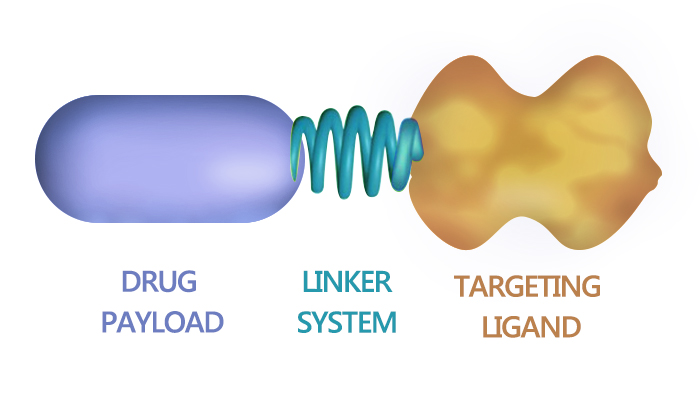
Small molecule drug conjugates (SMDCs) contain three parts: a targeting ligand, a linker, and a drug payload. SMDCs have their own strengths such as manageable synthesis and a non-immunogenic nature. The molecular weights of SMDCs are potentially much lower and lead to good cell penetration in tumors and better stability. SMDCs might therefore be a promising alternative with similar efficacy to ADCs. EC0489 is an SMDC under development for the treatment of solid tumors.
Additionally, EC0489 is a conjugate of folic acid and diacetyl vinblastine hydrazide. The affinity toward the folate receptor (FR) was approximately half of that of folic acid (relative affinity 0.50). Leamon CP et al evaluated cytotoxicity and specificity of EC0489 in vitro. They found that FR-positive KB cells were highly sensitive to EC0489 with an IC50 of 5 nM. It was dependent on FR expression because an excess of folate–ethylenediamine-fluorescein could completely abrogate its cytotoxicity.
Pharmacokinetic studies show that EC0489 favors urinary rather than hepatobiliary excretion, and it has a favorable toxicology profile in rats. At dose levels 1 μmol/kg, it decreases tumors in nu/nu mice bearing well established subcutaneous KB tumors. EC0489 was also highly active and well-tolerated in BALB/c mice bearing an FR-positive, syngeneic lung adenocarcinoma. This activity in animal models suggests that it may be useful as chemotherapy against human cancers. A phase I dose-escalation study was initiated for this agent in 2009.
Reference:
Leamon CP, et al. J Pharmacol Exp Ther. 2011 Feb;336(2):336-43.